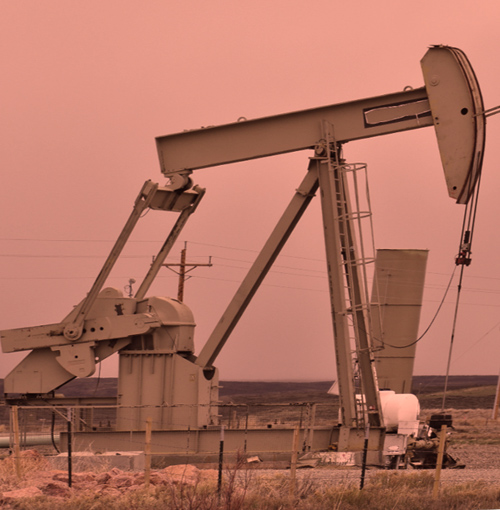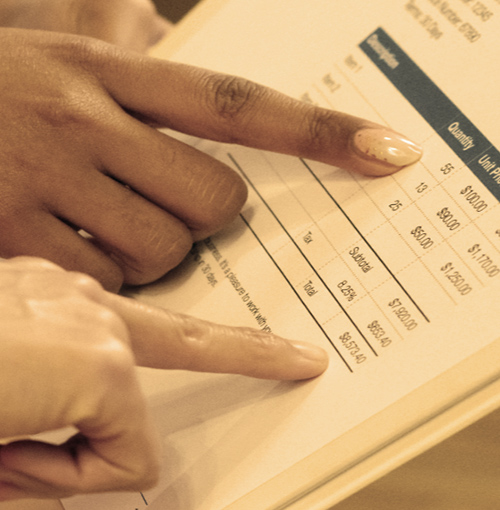
Exploring Commodity Papers: The Backbone of Raw Material Financing
In the financial world, commodity-backed financing, also known as commodity paper, stands as a unique concept. It's a realm where raw materials meet finance, creating a fascinating blend of physicality and theory. This comprehensive guide will take you on an expedition through the intricate layers of commodity papers - the elements, characteristics, risks involved, and some unforgettable moments in its history.
Dissecting the Concept of Commodity Paper
Commodity paper is essentially a loan or advance, where the borrower's raw materials serve as collateral. Imagine a traditional loan where your house or vehicle acts as collateral; a commodity paper loan takes this concept into the raw materials industry. The collateral could range from grain and oil to precious metals like gold.
Interesting Fact: Commodity paper extends to a wide array of raw materials, making it a diverse financial instrument.
How Commodity Paper Operates
Commodity paper operates in a manner similar to traditional loans. Yet, given the nature of collateral involved - raw materials - it does pose unique challenges. The location and physical state of these raw materials often vary, making the verification process intricate.
Remember: The proof of collateral in commodity paper loans often goes beyond physical inspection due to the nature and location of raw materials.
The Importance of Proof in Commodity Paper
In commodity paper loans, the borrower's goods don't have to be physically present. Still, lenders need assurances about the quality and quantity of commodities. Hence, the borrower has to provide proof.
For instance, grading certificates validate the quality of grains or oil. For livestock like cattle or hogs, the borrower might need to show a delivery order or a bill of lading. When it comes to precious metals, a vault or warehouse receipt might be necessary.
Tip: Depending on the nature of your commodity, be ready with the right type of proof to assure your lender.
Risks Associated with Commodity Paper
While commodity paper loans offer borrowers a unique way to access funding, they also present unique risks to lenders. One such risk is the potential for fraudulent activities, with the Salad Oil Scandal of 1963 serving as a classic example.
In this infamous incident, the owner of Allied Crude Vegetable Oil manipulated documentation to exaggerate their oil inventory, securing loans against these fraudulent receipts.
Remember: Lenders should be wary of the potential risks in commodity paper loans, like misrepresented commodity quantities.
Quick Recap of Commodity Paper
Commodity paper loans represent an innovative area of finance, offering raw material owners a unique way to access funds. Yet, it's crucial to understand their complex nature, operational challenges, and potential risks.
Key Points:
Commodity paper loans use raw materials as collateral.
The proof of collateral can take different forms depending on the commodity.
Lenders should be wary of potential risks, like misrepresentation of commodities.
In the intertwining realm of raw materials and finance, commodity paper loans offer intriguing possibilities. Despite the challenges and potential risks, these loans hold an essential place in financial lending, shining a light on the potential of raw materials in the world of finance.
- Share this article





